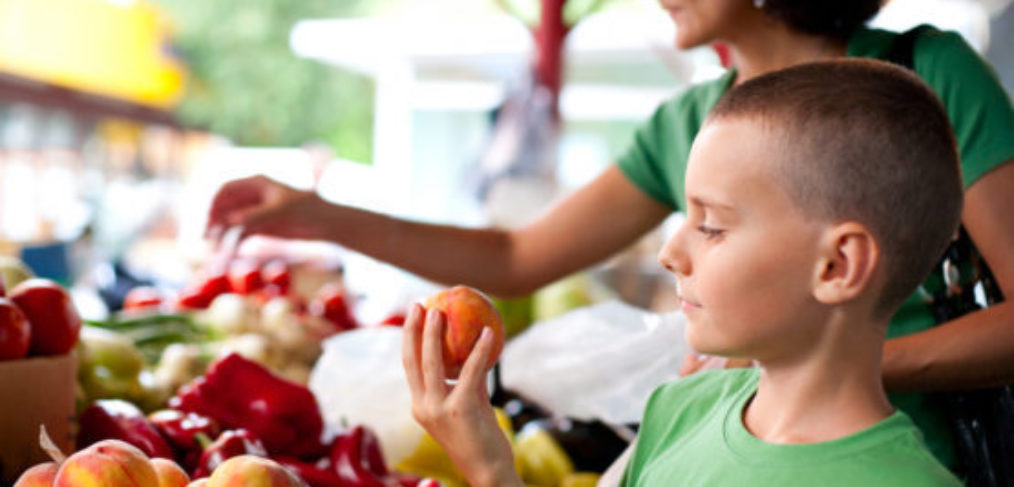Getting Healthy Food to Those In Need

Have you ever made a promise to yourself, or to your family that now is the time to get healthy?
Once and for all, have you finally made it a priority to get rid of those sneaky crackers in the pantry, the ice cream in the freezer and those darn breaded chicken nuggets that always seem to find their way back into the house, week after week?
What did you do with all that canned soup, the ketchups and the salad dressings and everything and anything else that you realized had added corn syrups, preservatives and not much nutrient density?
You may have thrown it away… or you may have donated it to the local food bank.
It’s one of those tricky situations in which it might seem like less of a waste to donate food (or should I say, foodstuff) than to throw it away, but if we really stop to think about it, is it really food worthy of anyone consuming?
Slippery slope. right?
One food bank is making huge strides on this topic. A year ago, Washington D.C.’s Capital Area Food Bank, one of the largest in the country, decided to turn away junk food, joining a growing trend of food banks that are trying to offer healthier options to low-income Americans (1).
Better yet, they’re not the only one making strides; food banks in Texas, California, and Arizona are also enforcing new rules and regulations to increase distribution of fruits and vegetables, demand of healthier options among donors and recipients and network capacity to focus on nutrition and health.
Amongst the items being rejected are sugary, junk-food snacks, soda and candy.
In addition, the The CAFB also runs a program called The Fruits and Vegetables Funds for Greater Washington, which contracts with farmers in the DC area to grow produce.
Considering the demographic who is being served by this particular food bank, of which 48% have high blood pressure, 22% have diabetes, or they live with someone who has those diseases, this is a most welcome, giant step in the right direction.
The article also points out that the goal is simply to provide healthy options for each and every recipient, not to become the food police. Everyone deserves a treat now and then, but people also deserve to have balanced options to choose from.
Sounds like the perfect balance!
(1) Johnson, Kristina. “One Of America’s Biggest Food Banks Just Cut Junk Food By 84 Percent In A Year.” NPR, NPR, 18 Sept. 2017,





